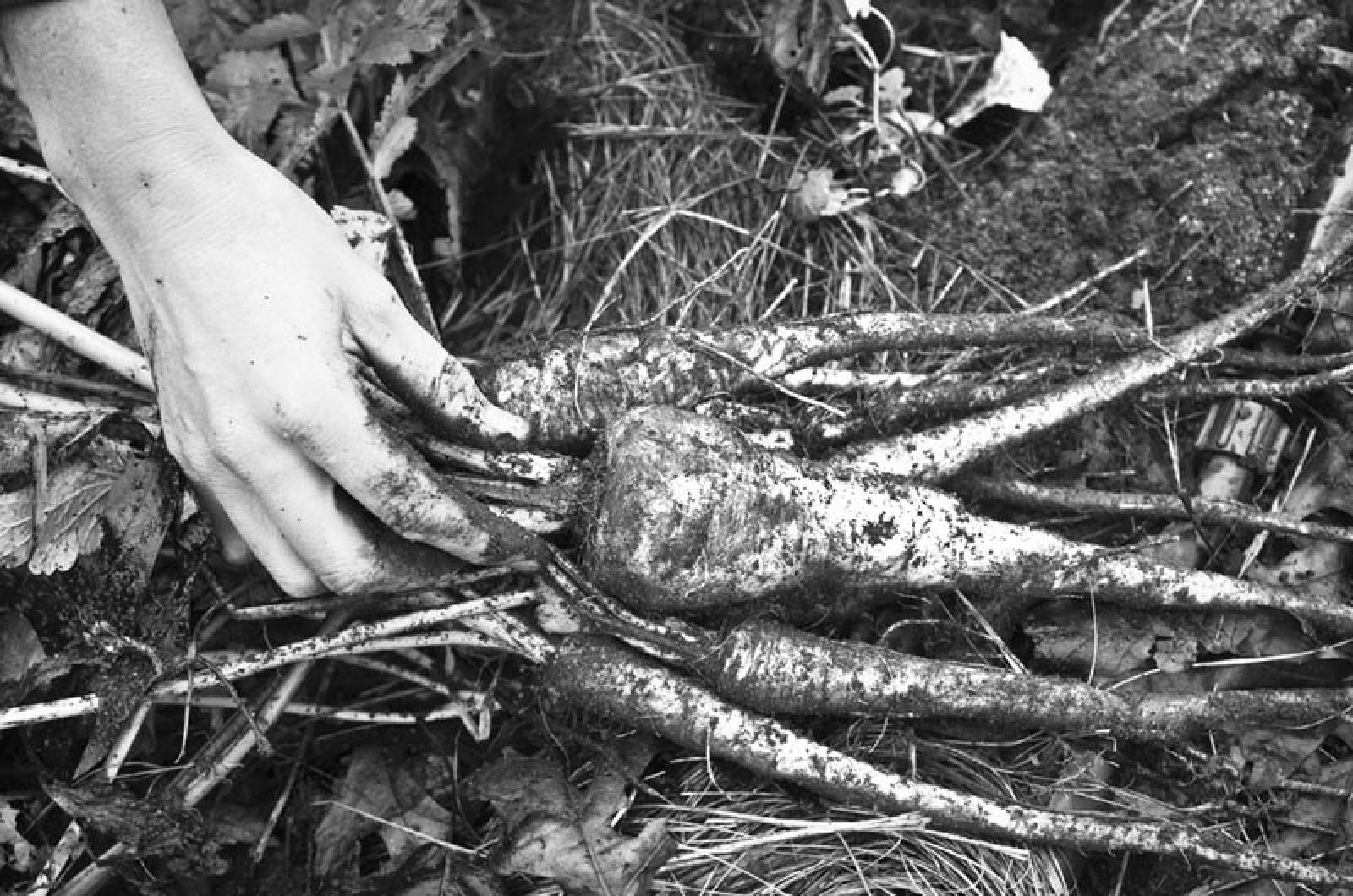From the Feb. 7, 1969 edition of the Vineyard Gazette by Joseph Chase Allen:
Groundhog day, which came and went but a short time ago, was not so recognized by the rude forefathers of the hamlets. But the date was observed, as Candlemas, which had to do with the observance of an old saint’s day and which was supposed to mark the very middle of winter. Half of all food and fodder stored against the frigid months was supposed to have been consumed, and there can be no doubt that the old settlers surveyed that portion which remained and probably shook their heads in doubt as they considered the prospect of a cold spring.
And there was something else which provided sober thought. Seafaring people knew of scurvy and its cause, improper diet, free of green things, fruits and such, and all people who knew what it was like to be closely housed during winter recognized the fact that landbound people could develop scurvy or similar things quite as well as seamen. Hence, the forehanded Vineyarder “forelaid” for such things, as he would have said, and come Candlemas Day, he was apt to observe that it would be a good time to have a parsnip stew.
Now the parsnip is a particular thing if the old-timers may be believed. It is a root, shaped much like a long, slender carrot, but it is white. It has a pungent smell even when raw, and when cooking and after, it will perfume an entire house with an odor which may not be unpleasant, but it is not the sort of smell which the fastidious would care to store with fine linens in the family cedar chest.
Many men planted parsnips, but no one planted large quantities and for several reasons. Parsnips were generally regarded as a “poor-keeping vegetable,” which meant that in the root cellar they would wither and dehydrate until nothing remained save the skin, badly wrinkled, and the familiar odor, well mixed with the smell of decaying vegetable matter.
But someone in the history of gardening had discovered that a parsnip need not be harvested until it was to be eaten. That it would keep smooth and plump, regardless of weather, if left right in the row where it was planted. Thus, when the ancestor felt the craving for something green tasting, he would go to his parsnip bead, or row, and if it was in the dead of winter, he would take his crowbar with him.
It required some doing to punch a hole through the frozen soil even with a heavy crowbar, but it could be done and it was done, and then a section of the frozen ground would be pried up to reveal half a dozen or more of the white roots of the parsnips projecting through it from the exposed section. A few more jabs with the bar loosened the parsnips and the beginning of a parsnip stew was at hand.
The only reason why it is called parsnip stew was because it was parsnip flavored. Actually, the rest of the stew was much the same as the potato bargain, or necessity-mess of tradition. Salt pork, onions, potatoes, maybe turnip, maybe not, but plenty or parsnips to sweeten and season it all.
It would hardly be correct to say that everyone relished parsnip stew. Much depended upon the number of parsnips used, but even when the percentage was low, there were human oddities who accepted it in silence because they regarded it as manna from the gods. Thus they ate, because they were hungry, and because they had heard tales of the horrors of scurvy, and realized that quite likely the medicinal remedies for that dire disease might taste far worse than parsnips.
But the majority of persons who drew up to a plateful of parsnip stew in midwinter, when all was frozen and dead outside, appreciated that earthy taste which was always present. They loved it and they talked about it for days after. They dwelt upon the possibilities of enjoying another stew like it in the near future.
But this sort of thing could be overdone apparently. As noted, no one planted a great many parsnips and no one ate them as frequently as they ate turnip or carrot. Strangely perhaps, they never mentioned the reason. It was as if the elders knew and understood that the parsnip was a “conditioner,” to be eaten at intervals and not as a steady item of diet. At any rate that was the way that they were eaten and who can say what grim visitation might have been warded off by means of this wise precaution?
Today the descendants of those parsnip-eaters lack for nothing in their winter diet. Of fresh fruits and vegetables, they have the entire list, shipped to Martha’s Vineyard and arriving most daily from every part of the nation and 30 or more foreign countries. Parsnips are not often seen in the markets; they are no longer considered necessary and their popularity has waned. But it is to wonder what the effect might have been on the upper branches of various family trees had there been no parsnips on Candlemas Day, a century ago.
Compiled by Hilary Wall
library@mvgazette.com




Comments
Comment policy »